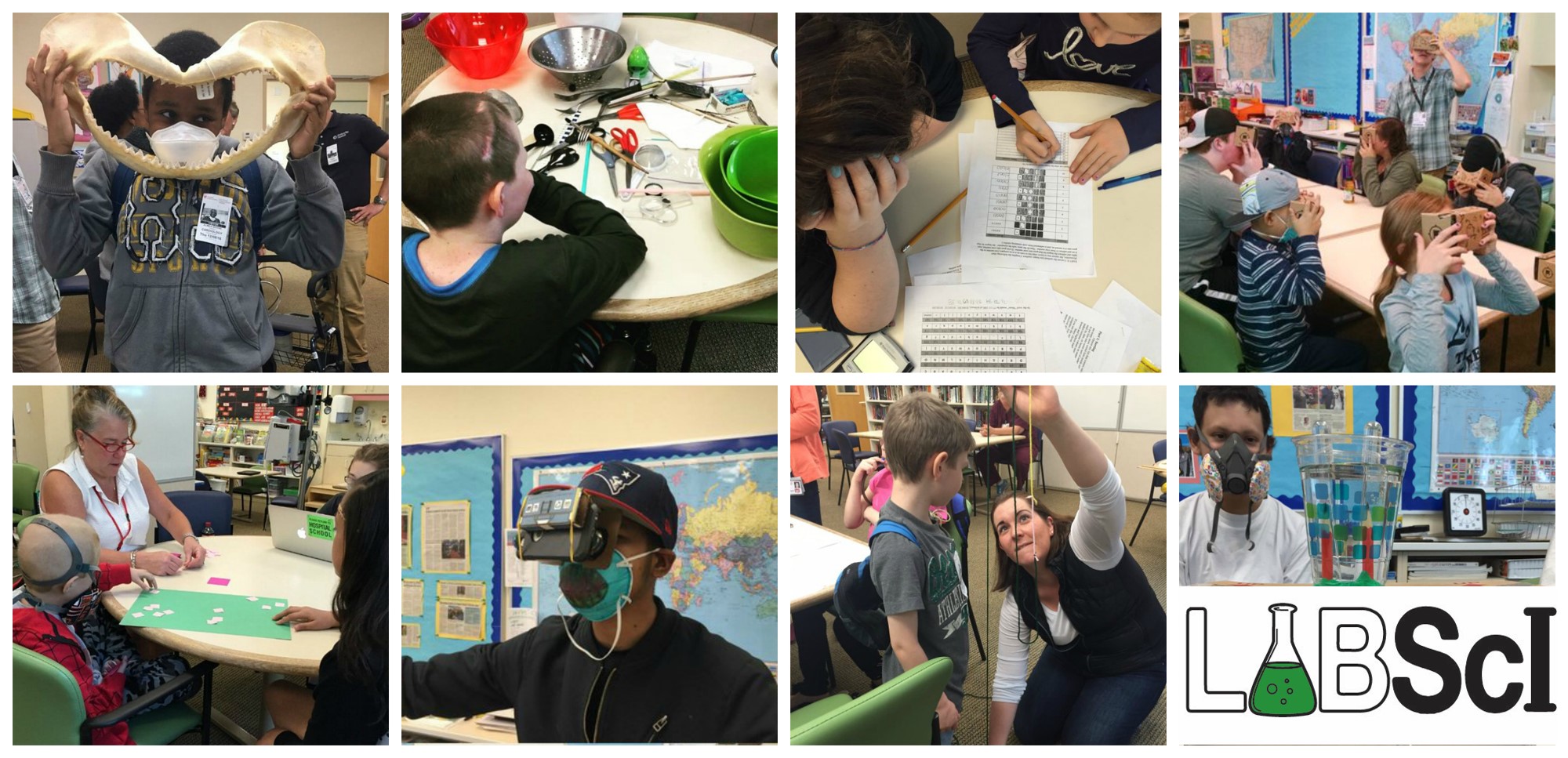In this lab, we will see how electricity and magnetism can be used together to create motion. Our source of electricity will be from a battery, and our source of magnetism will come from, of course, a magnet. With these two objects we will be able to create a motor, which will create motion in a piece of wire.
Download the labs!
Student Version
Teacher Version
Recommended Prerequisites:
- Better for older students (grades 8-12)
- Requires assimilation of multiple concepts such as magnetism, insulation, electricity, etc.
Key Concepts:
- An electron is a negatively charged particle.
- The flow of these negatively charged is called an electric current.
- When the electrons flow in this current, they carry an electric charge, which causes electricity. This is the same electricity used to power many machines that you see everyday. Batteries are used to store electricity until you are ready to use it.
- Electricity is closely related to magnetism. You are familiar with magnets. Motors work by using electromagnets. This means that the magnetic part of something is turned on and off by using electricity.
- Motors use electrical energy (from electricity) to create mechanical energy. In other words, motors are responsible for the movement of many devices including cars and computers. In fact, small motors and magnets are important parts of many kinds of medical equipment. Can you think of any other devices that use motors?
- A conductor is an object that allows a charge to flow. Depending upon a material’s conductance, electricity can flow freely through the material. Metals are good conductors of electrical current. Another thing to consider when talking about electricity is resistance.
- Resistance is the opposition of electron flow. Materials with a high resistance are not good conductors of electricity since they keep the current from forming. The wire is a good conductor, and the coating that protects it does so because it has high resistance. In order for the current to complete the circuit, it must be allowed to flow from the wire to the paperclip with little resistance. To do so, we must remove the insulation (what allows the resistance to occur).
Materials:
Part 1:
- 3 steel/iron nails (3 different diameters)
- 10 feet of thin insulated or coated 24 gauge wire
- paperclips
- 5 inches of string
- 2 nine volt batteries
- 9V battery connectors
- sandpaper
- scissors
Part 2:
- 24 gauge wire
- 1 D-cell battery
- wire strippers or scissors
- permanent marker
- plastic or styrofoam cup
- 2 disk magnets
- paper clips
- 2 large rubber bands
- 4 alligator cable clips
